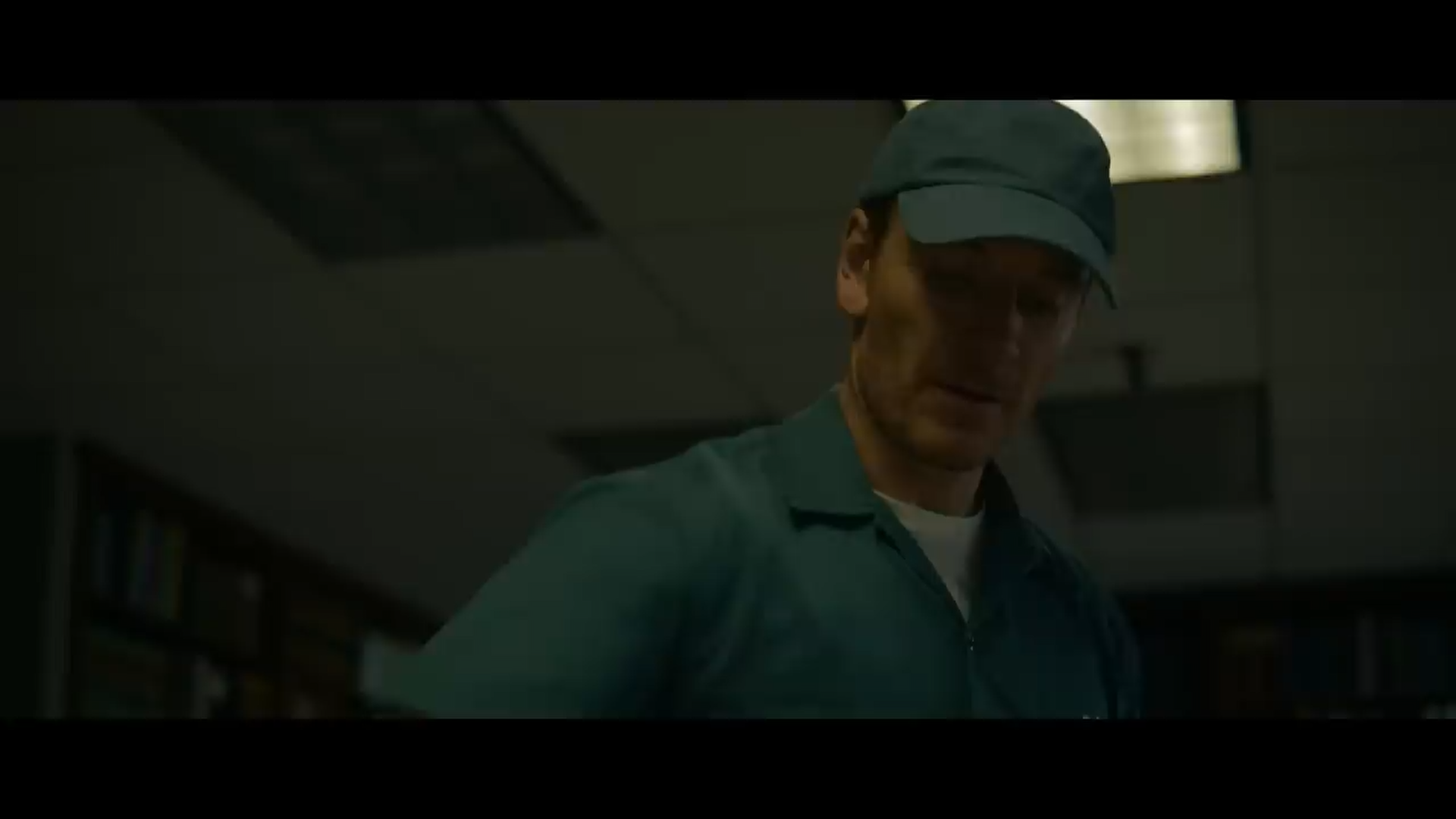Defining and Recreating “The Killer” Look A.K.A. The “David Fincher” Look
Describe the look in one sentence: The atmospheric alley during nighttime.
Key characteristics
Green-leaning highlights
Clean, inky blacks leaning slightly on the green side
Monochromatic color scheme - various shades of a single color within a shot
Complementary color scheme (never split complementary)
Color schemes consist of peacock-blue (love this word) and dark yellow
The strength of the look lies not in the addition of color but rather in the absence of certain colors. Fincher makes use of a monochromatic color scheme for most of his compositions, resulting in a very stylized, distinctive look. Color contrast is mostly found when transitioning from one scene to another, rather than being present in a single shot. The look thrives in dimly lit situations but is challenged in more true-to-life scenarios, like a busy street in broad daylight. It’s these situations that emphasize the value of in-camera look creation and the importance of artificial light for Fincher’s look. He builds on our memory of incandescent lights.
I recreated the look with these insights, working under the original Alexa LUT, which allows for the use of a separate display transform if necessary, as well as the ability to easily tone down the look.
Key Nodes:
Hue compression with Tetra DCTL
Separate key for pure green tones
Saturation compression to fight oversaturated colors in monochromatic lighting situations
Highlight and shadow treatment (toning and compression)

















